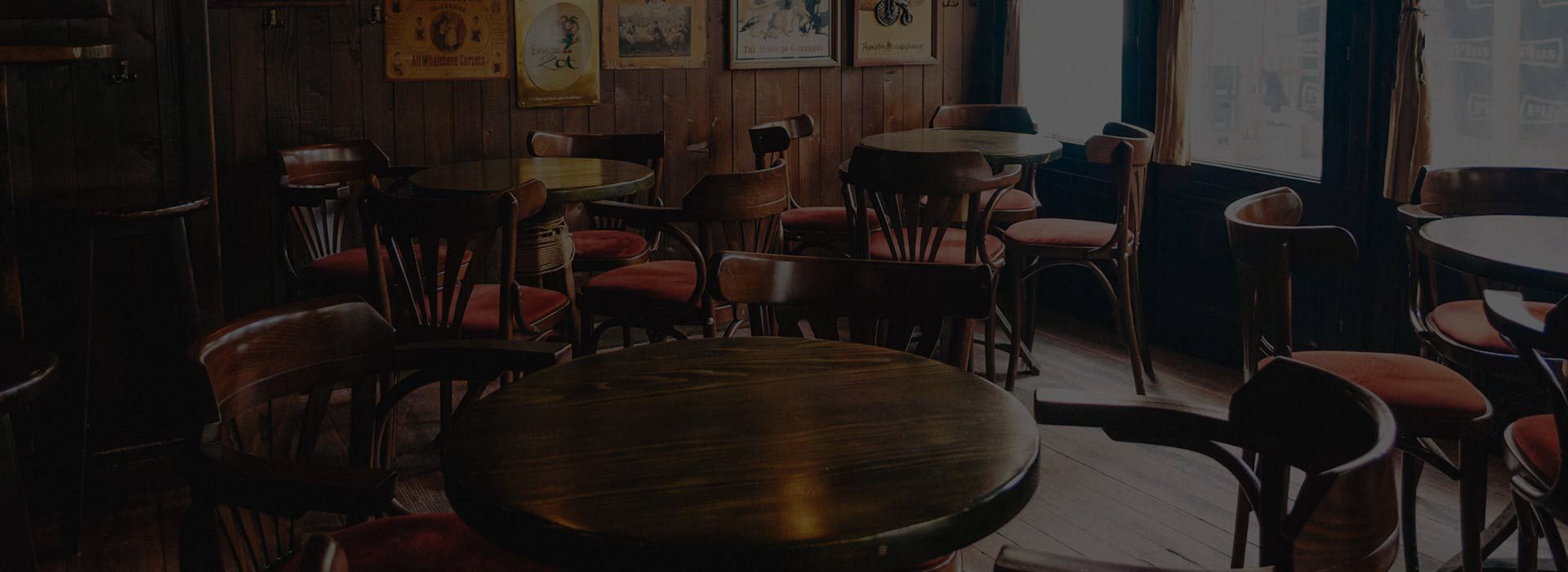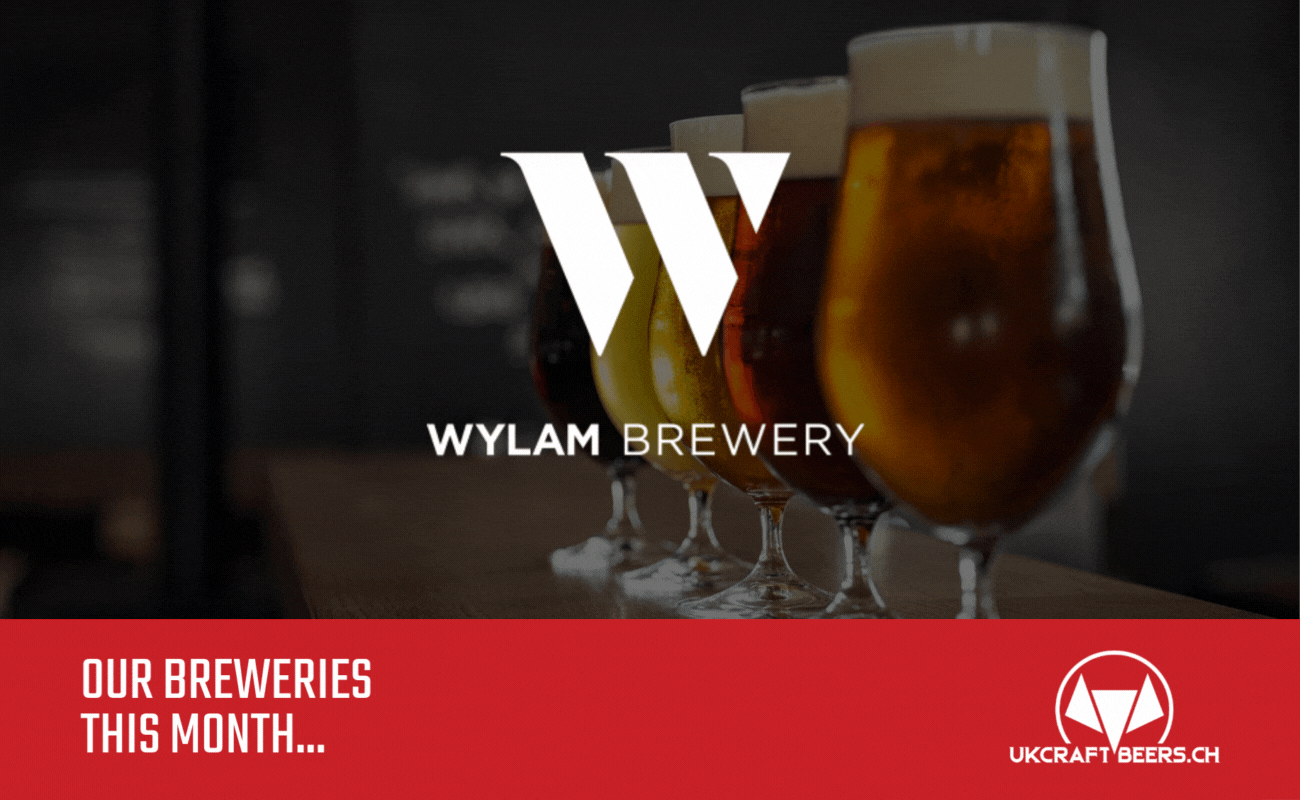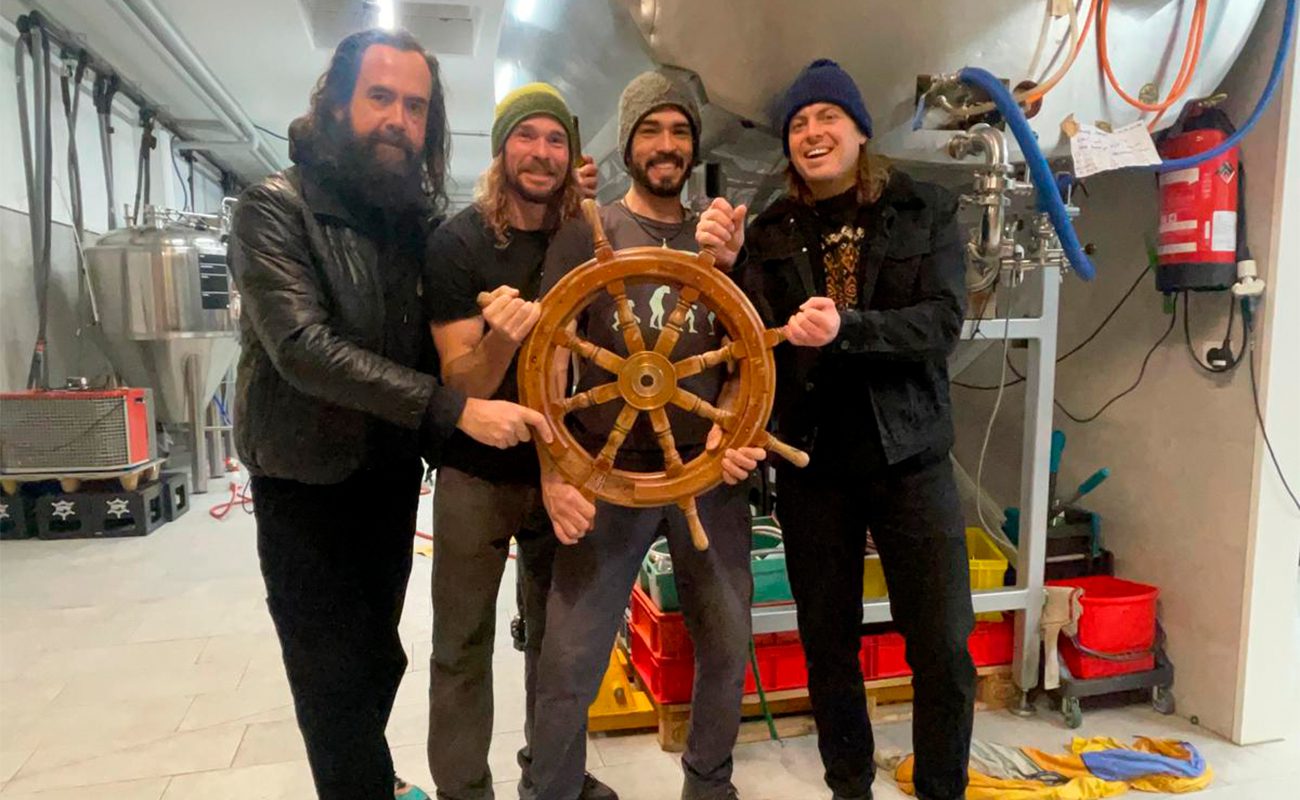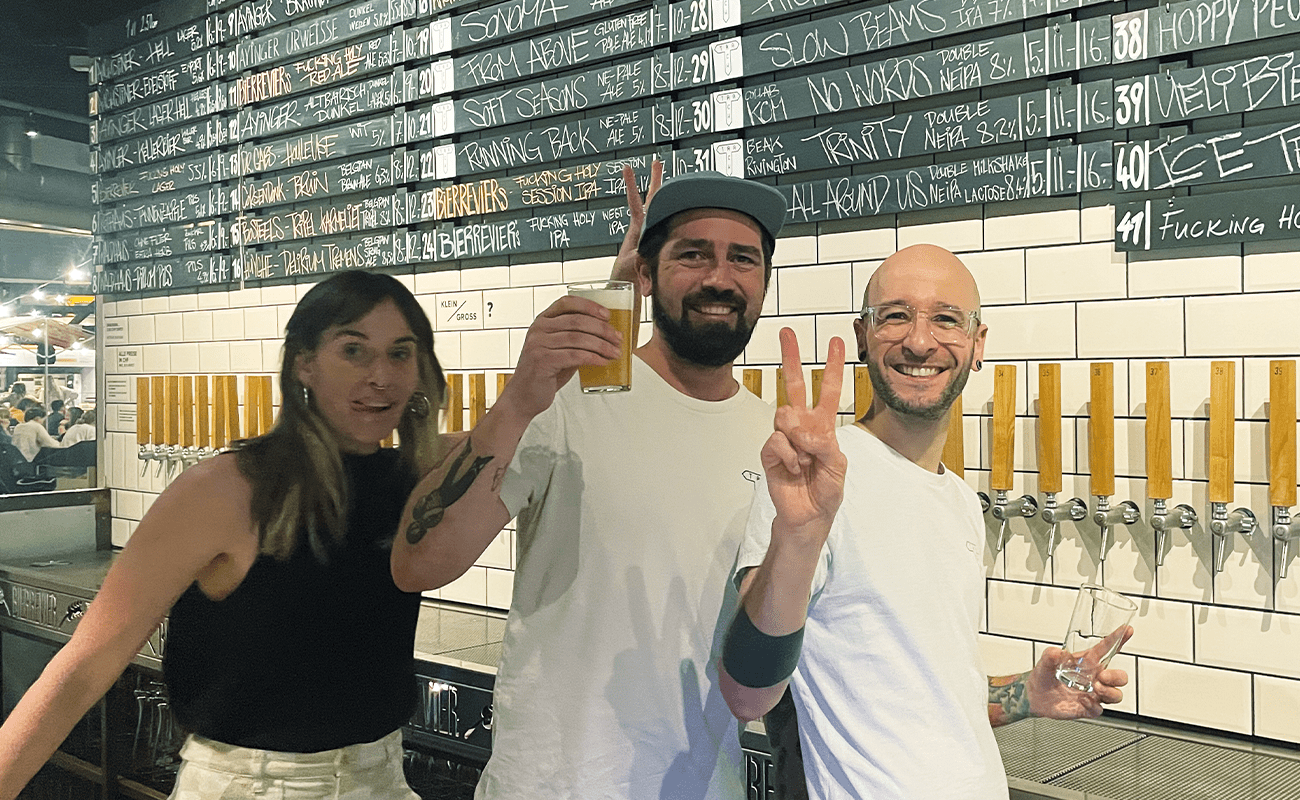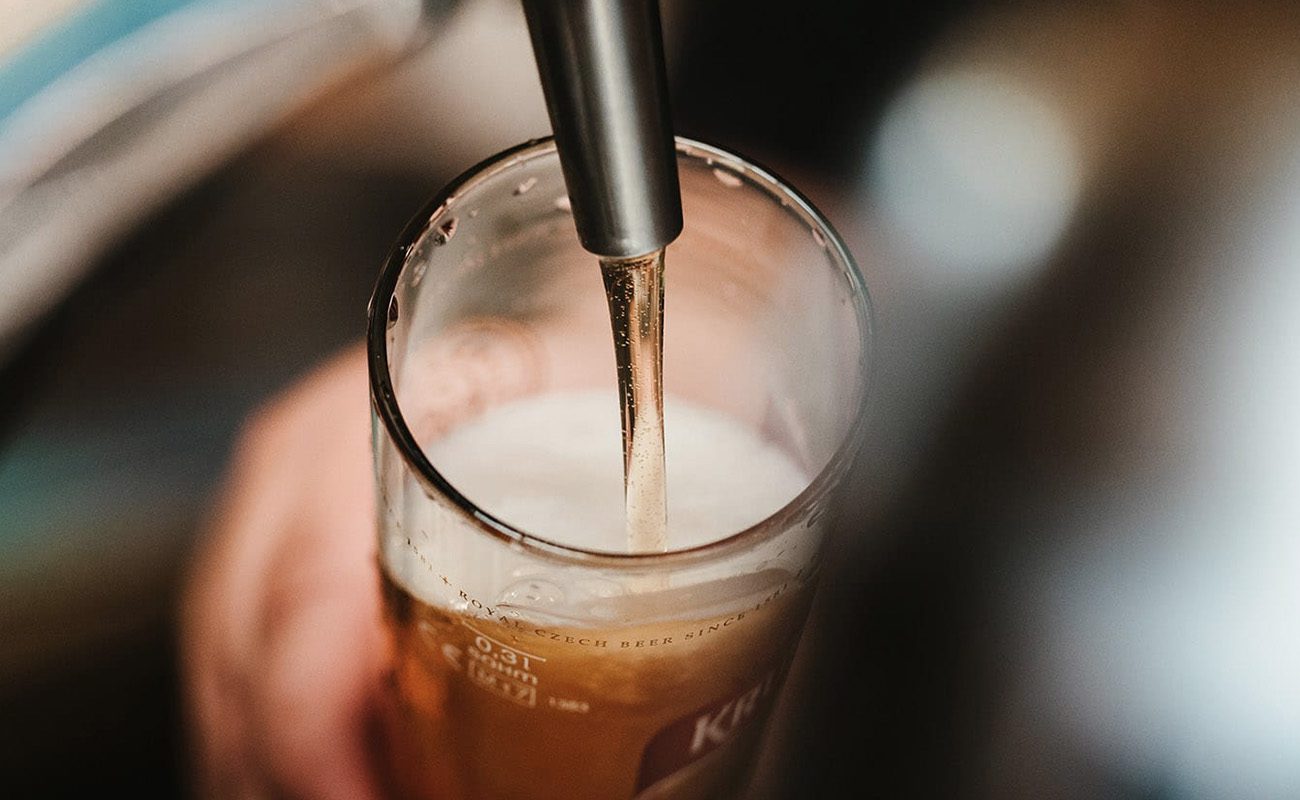
I. P. EH?
First brewed in the 1980s, the original American IPAs were inspired by the mythologised story of 19th century English India Pale Ales and made new by using all American hops. It took a while for them to grow in popularity, emerging properly in the mid-to-late 1990s, then gaining momentum into the 2000s, on its way to becoming the flagship American craft beer style in the 2010s. Now into the 2020s, IPA is a global phenomenon, and new types of IPA have redefined not just IPA, but all craft beer.
The popularity of IPA has seen it grow from a style of beer into a family of beer with a lot of variety. The bitter, pithy, bright, amber IPAs of the early 2000s now sit next to sweetly tropical opaque orange IPAs of the early 2020s, and there’s a whole continuous spectrum of ‘IPA’ in between. Then there’s English IPA, Pacific IPA, Belgian IPA, Red IPA and Black IPA, Milkshake IPA and Sour IPA. The IPA family is broad and varied.
So how do we know what we’re getting when we order an IPA and how can we try to distinguish between them, especially when a lot of these beers are just called ‘IPA’? Here’s a look at the main types of American-style IPA that we’re most likely to see in 2021, and for all of them we’ll also find Pale Ales, Session IPA and Double IPAs with the same flavour profiles.
CLASSIC AMERICAN IPA
APPEARANCE: Clear to light haze
COLOUR: Gold to amber
HOPS: Citrus, pine and floral
YEAST: Neutral
BITTERNESS: Medium to high
EXAMPLES: Sierra Nevada Pale Ale, Bells Two Hearted, Duration Dripping Pitch, Five Points Pale
The earliest American IPAs, inspired by the old English India Pale Ales, were 6-7.5% ABV and amber-coloured with a prominent toasted and toffee-like English malt character. Hops were the old school ‘C hops’ of Cascade, Centennial, Columbus, Chinook, giving grapefruit, orange, floral and pine, and a strong, long-lasting herbal or peppery bitterness. Their flavour was – and still is – the anthesis of American light lagers.
A lot of classic examples still remain, and it was the kind of beer that a lot of brewers and beer geeks grew up drinking, so we’re seeing a nostalgic renaissance for this kind of IPA. These newer versions have the same flavour profile, plus some newer hop varieties like Citra, Simcoe and Amarillo which give a more tropical or stone fruit aroma. Flavour-wise, it’s the combination of a rich malt character, neutral yeast, high bitterness and citrus hops which define Classic American IPAs.
WEST COAST IPA
APPEARANCE: Clear
COLOUR: Gold to pale amber
HOPS: Citrus and resinous hops
YEAST: Neutral
BITTERNESS: Medium to very high
EXAMPLES: Thornbridge Jaipur, Firestone Walker Union Jack, Russian River Blind Pig, Stone IPA
A lot of the first generation of IPAs came from California, and as the industry grew so the style moved with it. As they went east, they tended to get more malty and less bitter, with a sticky marmalade and orange hop flavour, whereas back on the west coast – and specifically around San Diego and Sonoma County – the beers became leaner in malt (some almost absent of malt flavour), lighter in colour, drier, and more bitter than the original American IPAs. Some even saw IPAs as a way of challenging how much bitterness drinkers would accept, and the concept of ‘lupulin threshold shift’ emerged as palates gradually accepted, and then demanded, more bitterness.
Today’s West Coast IPAs – which might also be called American IPA – have mellowed from that bitterness unit arms race, but the same profiles remain. They are typically clear and golden and light in body for their alcohol strength. They are generally low in malt flavour (perhaps with some toastiness), with a neutral yeast, dominant high bitterness (or perceived as higher thanks to the lighter malt character), and lots of citrusy hops.
NEW ENGLAND IPA
APPEARANCE: Opaque
COLOUR: Yellow to orange
HOPS: Tropical, stone fruit and juicy
YEAST: Prominent fruity esters
BITTERNESS: Low
EXAMPLES: Tree House King Julius, Trillium Mettle, Verdant Allen, Track Eye To Eye
Within a decade, NEIPAs have transformed how the world sees and understands craft beer. First brewed in the early 2010s, they’re very hazy or cloudy, pale yellow to orange, saturated with tropical and citrus fruit aroma and flavour, and with a juicy quality.
There are several distinctive qualities which make a NEIPA. Descriptors like creamy, fluffy, pillowy and soft give an idea to the smooth, full, or even thick textures of these beers, with lots of oats and/or wheat used to give that mouthfeel. Hops like Mosaic, Citra, Azacca, and Galaxy give tropical and stone fruit, while sweet or creamy-tasting hops like Talus and Sabro are able to emphasise the lushness of the style. The yeast will be distinctive and have a fruity ester profile, like peach, bubble gum or vanilla. And bitterness is low and residual sweetness can be high, adding to the perception of juiciness to go with the orange juice-like appearance.
NEIPAs have redefined the IPA and what drinkers expect from the style, and the flavours and aromas we thought it was possible to extract from a hop. NEIPAs have also written new chapters for the brewing books, as different techniques are continually developing for these beers.
HAZY IPA
APPEARANCE: Hazy to cloudy
COLOUR: Yellow
HOPS: Tropical, stone fruit
YEAST: Light fruity esters
BITTERNESS: Low to medium
EXAMPLES: DEYA Steady Rolling Man, Beak Brewery Parade IPA, Sierra Nevada Hazy Little Thing, The Alchemist Heady Topper
If we order an IPA today then unless it’s labelled otherwise, it’s most likely that it’ll be a Hazy IPA. The difference from a NEIPA is that a Hazy IPA lightens that thicker texture to give a more balanced and refreshing finish (usually by using fewer or no oats or wheat), with less overall sweetness, fewer esters, more bitterness, and a brighter hop aroma instead of a dense fermenting fruit bowl of hops.
NEIPA is often credited to well-known brewers in Vermont like The Alchemist and Hill Farmstead, but I feel those beers fit better into the Hazy IPA category (or ‘Vermont IPAs’). Those Vermont-brewed Hazy IPAs were an inspiration to other brewers who, in an attempt to squeeze as much juice into their beer as possible, made them sweeter, fatter and more intense. With that over-juiced excitement of the NEIPA, the Hazy IPA feels like the settling down of the style into something more everyday, though there is no dividing line between NEIPA and Hazy IPA, and they’re along a continuous scale: think of a Hazy IPA like a good cheese sandwich, while a NEIPA is a triple cheese toasty.
In the UK, we arguably have a distinct kind of Hazy IPA, popularised by The Kernel who have been brewing them as their standard beer since 2009. These IPAs (perhaps worthy of being called ‘London IPAs’) have some texture from the haze and the all-malt grain bill, and an old school kind of high bitterness and citrus aroma instead of juiciness. It’s sort of West Coast, but not quite.
And there are other crossover styles between Hazy and West Coast. The Juicy IPA is crisp and light, often just a little hazy, and with an aroma of all modern melon-like and tropical hops. We’re also seeing West Coast Hazy IPAs, meaning lots of fruity hops, a medium to high bitterness, neutral yeast, and haze.
It’s common today to just see beer called ‘IPA’ and that makes it hard to know what to really expect, especially when there are no real rules about labelling beer styles or even set parameters to the beer styles. To help us understand IPA, it’s the combination of appearance, body, bitterness, hop character and yeast which defines the differences between types, and we can get clues based on how it looks and the ingredients used (is it Mosaic or Cascade hops, are there oats in the recipes, is it a fruity yeast). Whatever type of beer it is, there’s one thing which connects them all: the flavour and aroma of hops.
Article Source – Ferment Beer 52


